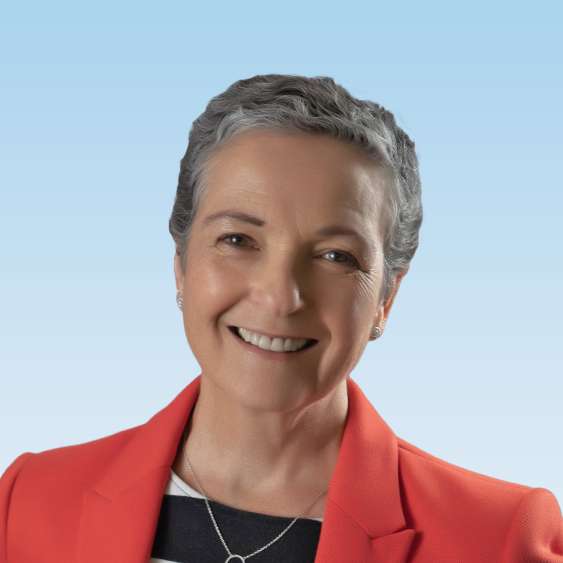Transportation Troubleshooting: Cooperation Key to Developing a More Diverse Workforce

The $1.2 trillion Infrastructure Investment and Jobs Act (IIJA) represents an unprecedented opportunity to renovate and build a 21st-century integrated transportation system, addressing equity, energy, water, internet access and other infrastructure needs.
Yet to realize the benefits of the IIJA and increased state investments, private industry and the public sector must solve a core problem: how to recruit, train and retain the people needed to do all the work the IIJA could fund.
While it’s difficult to project how many jobs will be created by the IIJA, the American Road and Transportation Builders Association estimates that from 2022-2027, additional funding for highways will contribute an average of more than 137,000 jobs per year. Hiring and training a significant number of new workers is a lot to ask from an industry that was facing severe staffing challenges even before the pandemic amplified our human-resource difficulties.
Myriad Difficulties
The turmoil and stress of the last two years led many senior leaders in public agencies and private firms to retire. A generation of baby boomers is nearing the end of their work life. At the same time, competition for workers from logistics, manufacturing and other industry sectors intensified.
Before the pandemic, cultural and generational trends already were challenging our industry. Younger workers generally expect more flexibility, fulfillment and meaning from their work. Often that means changing jobs every few years—not exactly the easiest career style to adapt to for agencies and contractors charged with executing multi-year infrastructure projects.
The challenge of developing a more diverse workforce—racially and in terms of gender and sexual orientation—existed before the pandemic. But after COVID-19 health outcomes exposed shocking and longstanding disparities in the transportation industry based on race, we face a moral imperative to realize the promise of the IIJA to redress the legacies of racism and build wealth in marginalized communities through infrastructure design and employment.
Industry Cooperation
These workforce challenges are too complex and multilayered for even the largest firms or agencies to solve alone. This is why I’m encouraged by the cooperative workforce development strategy being used by industry associations, particularly in a developing WTS initiative involving transportation organizations that includes the Transportation Research Board, American Public Transportation Association, American Association of State Highway and Transportation Officials, Conference of Minority Transportation Officials, and American Road and Transportation Builders Association. WSP is one of several large firms involved in this collaborative initiative.
We are focusing on long-term strategies, such as encouraging middle-school students to consider careers in engineering and related trades; working with high schools, community colleges and unions to expand training and apprenticeship programs; and ways to win back people who’ve moved from engineering and construction into other industries. We can attract a diversity of talents to fulfill the expanding disciplines needed to modernize our transportation systems.
These ideas must be developed into long-term campaigns, with strategic messaging and top-notch outreach tactics using social and traditional media as well as school curricula.
Individual firms also can do a lot. WSP, for example, is supporting initiatives that encourage a healthy work-life balance, offer flexibility, and integrate benefits such as maternal and paternal leave policies. We’re building a culture where diversity is embraced and celebrated, and one where that commitment doesn’t end at the entry level.
WSP’s Developing Professionals Network creates opportunities for networking and problem solving among young professionals and seasoned executives. In addition, we offer formal and informal mentoring programs—and we encourage mentors to learn as much from their mentees about the expectations and workstyles of the younger generation as the mentees learn from them about technical skills and interfacing with clients, collaborators and policy makers.
WSP’s Gold program offers mid-level executives who aspire to senior leadership rigorous coaching and mentorship from senior executives.
As a mother of three children under 35 and someone who has managed hundreds of younger employees, I know the creativity and fresh thinking that younger generations can bring. I also know the difficulties that can arise in trying to integrate their needs for flexibility and purpose with the demanding schedules and operational discipline required to build quality infrastructure.
Like yin and yang, these characteristics can work together. But it takes careful balance and commitment. Keeping this balance will be one of the skills that managers must burnish to build a strong workplace culture and realize the promise of the IIJA.
About Paula Hammond
Paula Hammond is senior vice president and national multimodal market leader, WSP USA; email: [email protected].


